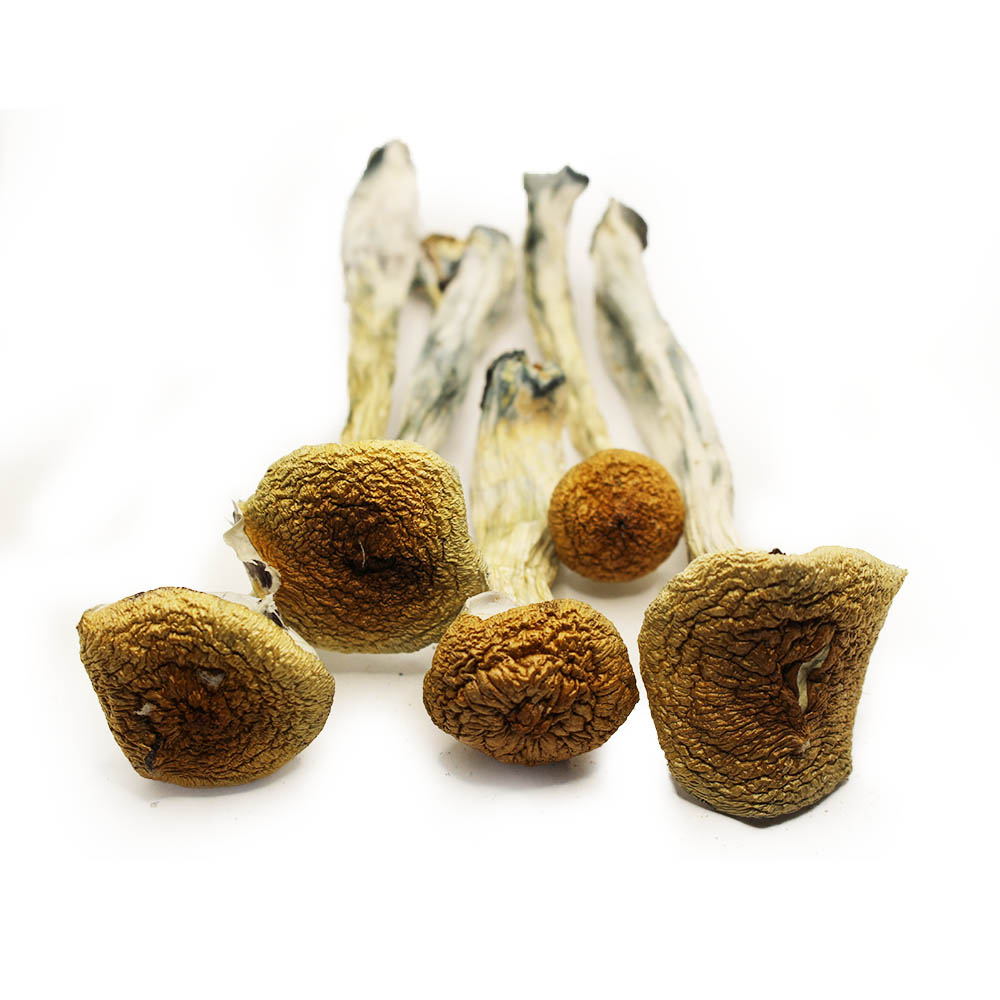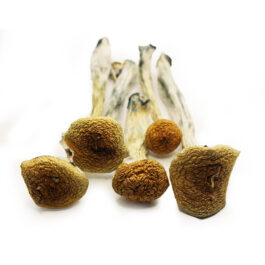Psilocybe Cubensis: A Brief Overview
Psilocybe cubensis, also known as “cubensis mushrooms,” is a species of psychedelic fungi celebrated for its hallucinogenic properties.
Considered one of the most widely recognized and cultivated psilocybin-containing mushrooms.
Psilocybe cubensis has a distinct appearance, featuring a convex cap that varies in color from light to dark brown, often with a prominent nipple-like protrusion.
The gills underneath the cap start off white and eventually turn dark purple to black as the spores mature.
The psychoactive compounds psilocybin and psilocin are key components of Psilocybe cubensis, contributing to its ability to induce altered states of consciousness, visual and auditory hallucinations, and profound changes in perception.
More so, these mushrooms are commonly found in warm, humid climates and can thrive in various environments, including grassy areas, forests, and even dung.
Throughout history, different cultures have utilized psychedelic mushrooms, this medical mushrooms for spiritual and ceremonial purposes.
In contemporary society, they are sometimes used recreationally for their hallucinogenic effects.
However, it’s important to note that the legal status of psilocybin-containing mushrooms varies by country and region, with many areas prohibiting their possession, sale, or use, except for approved medical or research purposes.
Moreover, Psilocybe cubensis has attracted attention for its potential therapeutic applications, particularly in the field of mental health.
Ongoing research is exploring their effects on conditions such as depression, anxiety, and post-traumatic stress disorder.
Understanding the legal and health-related considerations surrounding shrooms is crucial, and approaching the topic with caution, respect, and a comprehensive understanding of its implications is essential.







